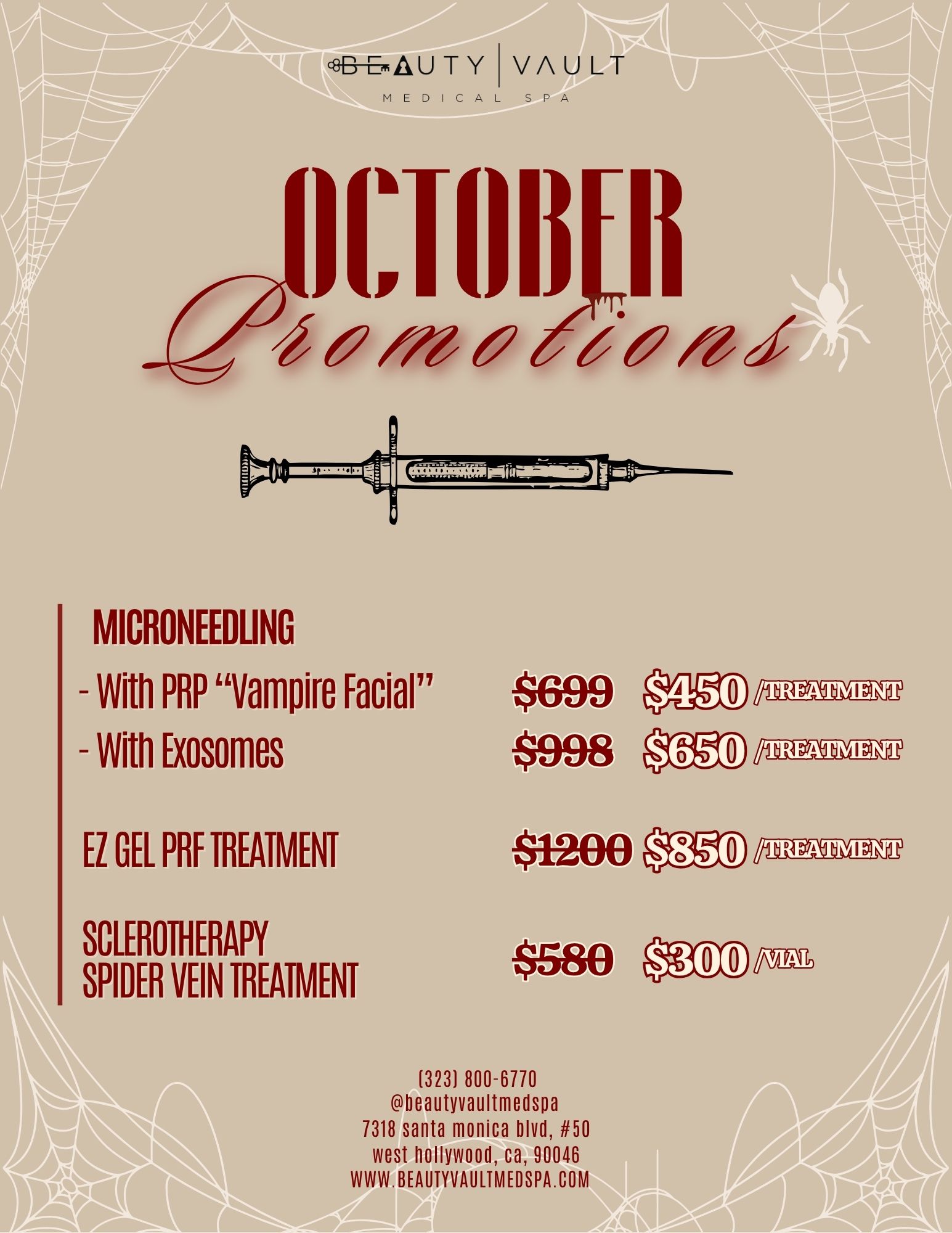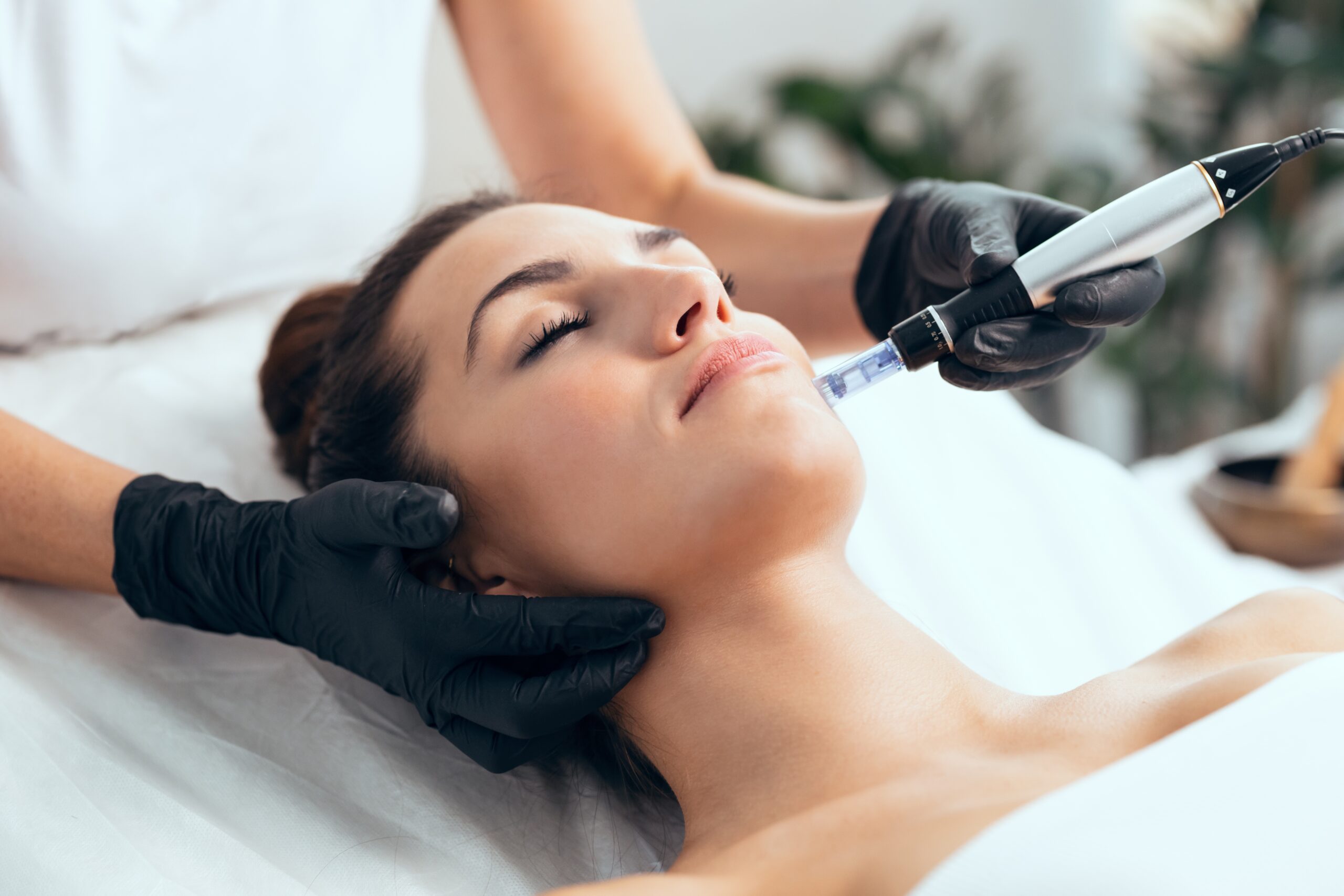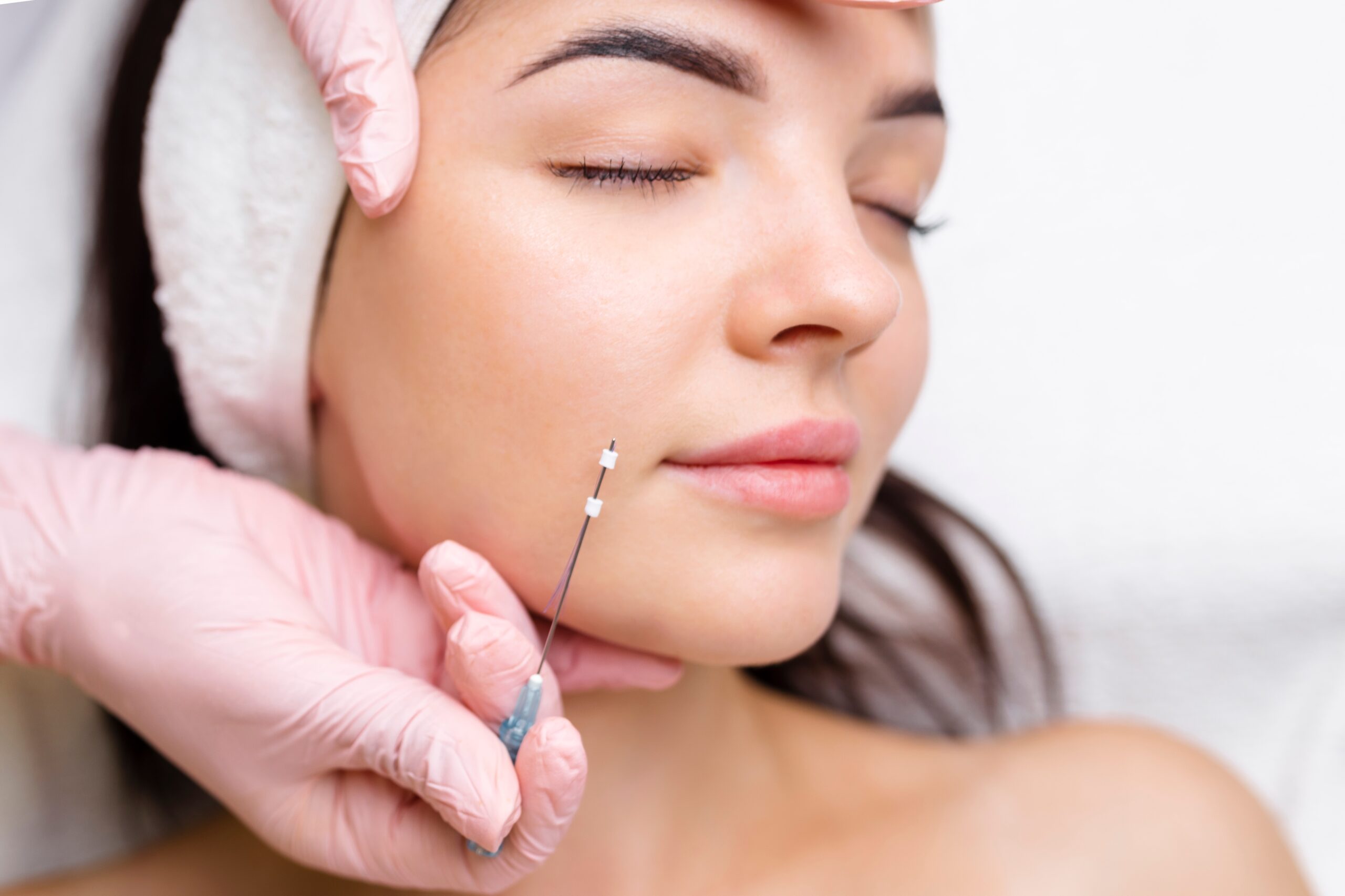Statistics show that about 80% of people aged 11 to 30 deal with acne at some point. Cystic acne stands out as the most severe type. These painful breakouts can affect your self-esteem and daily life, and the scars they leave behind might stick around long after the acne clears up. Luckily, you could find relief with cortisone injections and/or chemical peels.
In this article, you’ll learn what each treatment does and its side effects, so that you can advocate for your personal needs.
Treatment Goals for Active Cystic Acne
The most effective strategy for treating cystic acne involves creating a tailored treatment that deals with both current breakouts and future prevention. Learning about these treatment goals helps you better understand your options.
Reducing Inflammation and Pain Quickly
The top priority for severe cystic acne treatment focuses on quick relief from inflammation and discomfort. These acne lesions go deep into your skin and cause intense pain and redness that impacts your daily activities.
Preventing Long-Term Scarring
The biggest challenge in cystic acne treatment involves averting permanent scars. This type of acne leaves more marks than others, so early treatment matters to minimize their severity.
Minimizing Recurrence of Breakouts
The third vital goal focuses on stopping new cystic lesions after successful treatment. Your acne might return without the right procedure that optimizes your maintenance care efforts afterward.
How Cortisone Injections Target Severe Cystic Acne
Cortisone shots are among the fastest-acting treatments you can get for severe cystic acne. These injections deliver medication straight into stubborn acne lesions for quick relief, unlike topical treatments that take time. Here’s how this targeted approach works.
Steroid Mechanism
Cortisone injections contain a steroid that reduces redness, swelling, and pain through several mechanisms after insertion into a cystic lesion. Specifically, it blocks the inflammatory response by stopping key cellular processes, limiting oxygen and nutrient flow to the inflamed area.
Patients who get cortisone injections see their cystic acne start to flatten within 24 to 48 hours afterward. The whole ordeal often resolves in two to three days.
Risks: Skin Thinning and Hypopigmentation
Cortisone injections work well but can cause side effects that patients need to know.
Skin atrophy tops the list of concerns, appearing as a depression or dent at the injection site because the skin thins in all layers. However, this effect usually goes away within three to six months.
Hypopigmentation creates lighter patches of skin at the injection site. This shows up more in people with darker skin tones.
Other rare side effects include telangiectasias (visible small blood vessels), infection, and systemic steroid effects from excessive doses.
Chemical Peels as a Surface-Level Acne Treatment
Chemical peels take a completely different path to treat acne compared to injectable therapies. These treatments focus on renewing the skin’s surface by applying chemical solutions that remove outer skin layers and trigger new, healthier cell growth.
How Chemical Peels Unclog Pores and Reduce Oil
Chemical peels break down the bonds between skin cells to create controlled exfoliation of the outermost skin layer. This process clears out built-up oil and debris that lead to acne. People with acne-prone skin benefit most from the removal of dead skin cells and excess sebum that block pores.
Regular chemical peels can decrease your skin’s oil production. Studies show they can reduce sebum levels by up to 30%. This helps manage oily skin that often comes with acne.
Chemical peels do more than just exfoliate—they speed up cell turnover so fresh skin can emerge. Many formulas also contain ingredients that fight acne-causing bacteria, which helps keep skin clearer.
Side Effects: Redness, Peeling, Sensitivity
The side effects from chemical peels vary based on how deep they go. Light peels cause mild redness and slight skin flaking that lasts three to seven days [20]. Medium-depth treatments create more obvious effects, such as redness, swelling, and peeling. They can last anywhere from five days to two weeks.
Rare complications can include permanent skin color changes (especially in darker skin), scarring, and infection. Deep phenol peels come with extra risks and might affect your heart, liver, or kidneys.
Why Peels Are Not Recommended for Deep Cysts
Chemical peels are effective for treating surface acne, but they cannot penetrate the deeper layers where cystic acne forms, making them insufficient for treating severe cystic acne alone. In fact, using chemical peels on inflamed cystic lesions worsens irritation. You could experience longer-lasting redness, stinging, burning, and sometimes darker patches on your skin. These risks get higher with deeper peels and inflamed skin.
Also, chemical peels don’t address what’s really causing severe cystic acne, which often stems from hormonal or systemic issues that need different treatments.
Choosing the Right Treatment Based on Acne Severity
Your acne treatment choice mainly depends on how severe it is and what type you have. Different therapies target various aspects of acne formation, which makes some treatments better suited for specific conditions.
Mild to Moderate Acne: Chemical Peel Suitability
Chemical peels work well for mild to moderate acne conditions, as they get through oily barriers and clear pores of dead skin cells and excess sebum from hair follicle roots. Consider them as part of a complete treatment plan—you can combine them with cortisone injections and topical medications for better results.
Cystic Acne: Cortisone Injection Indications
Cortisone injections might be a better option for severe, painful cystic acne. They target inflammation right at its source and can reduce swelling, redness, and pain within days. This makes them ideal for isolated cystic lesions that need quick treatment.
Both Cortisone Injections and Chemical Peels are Available at Beauty Vault in West Hollywood
You need to know your options when dealing with painful cystic acne. Cortisone injections and chemical peels are two different approaches that can help, depending on the severity of your acne and your desired outcome. The team at Beauty Vault in West Hollywood can assess your skin’s condition, recommend the right treatments, and adjust your plan as needed, ensuring you receive customized care while minimizing risks. Learn more today by calling them at (323) 800-6770 or filling out a contact form.
FAQs
Q1. How quickly can cortisone injections reduce cystic acne?
Cortisone injections can provide rapid relief for cystic acne. Many patients notice their acne cysts beginning to flatten within 24 to 48 hours after injection, with complete resolution often occurring within two to three days.
Q2. Are chemical peels effective for treating severe cystic acne?
Chemical peels are generally not recommended for severe cystic acne. While they can be effective for mild to moderate acne by exfoliating the skin’s surface and unclogging pores, they typically cannot reach the deeper layers where cystic acne forms.
Q3. What are the potential side effects of cortisone injections for acne?
Common side effects of cortisone injections include skin atrophy (thinning) and hypopigmentation (lightening) at the injection site. These effects are usually temporary, resolving within 3-6 months. In rare cases, more serious side effects like skin necrosis or infection spread can occur.
Q4. How often can I receive cortisone injections for acne?
Cortisone injections should not be used as a regular part of your acne treatment regimen. Most dermatologists recommend waiting at least three to four weeks between treatments in the same area, with a limit of three to four injections annually to minimize potential side effects.
Q5. What type of chemical peel is best for acne-prone skin?
Salicylic acid peels are particularly effective for acne-prone and oily skin. Due to their lipophilic nature, they can penetrate through oily barriers and reach deeper into pores, effectively dissolving excess oils and unclogging pores. Patients often experience a 40% to 50% reduction in acne lesions after a series of treatments.








